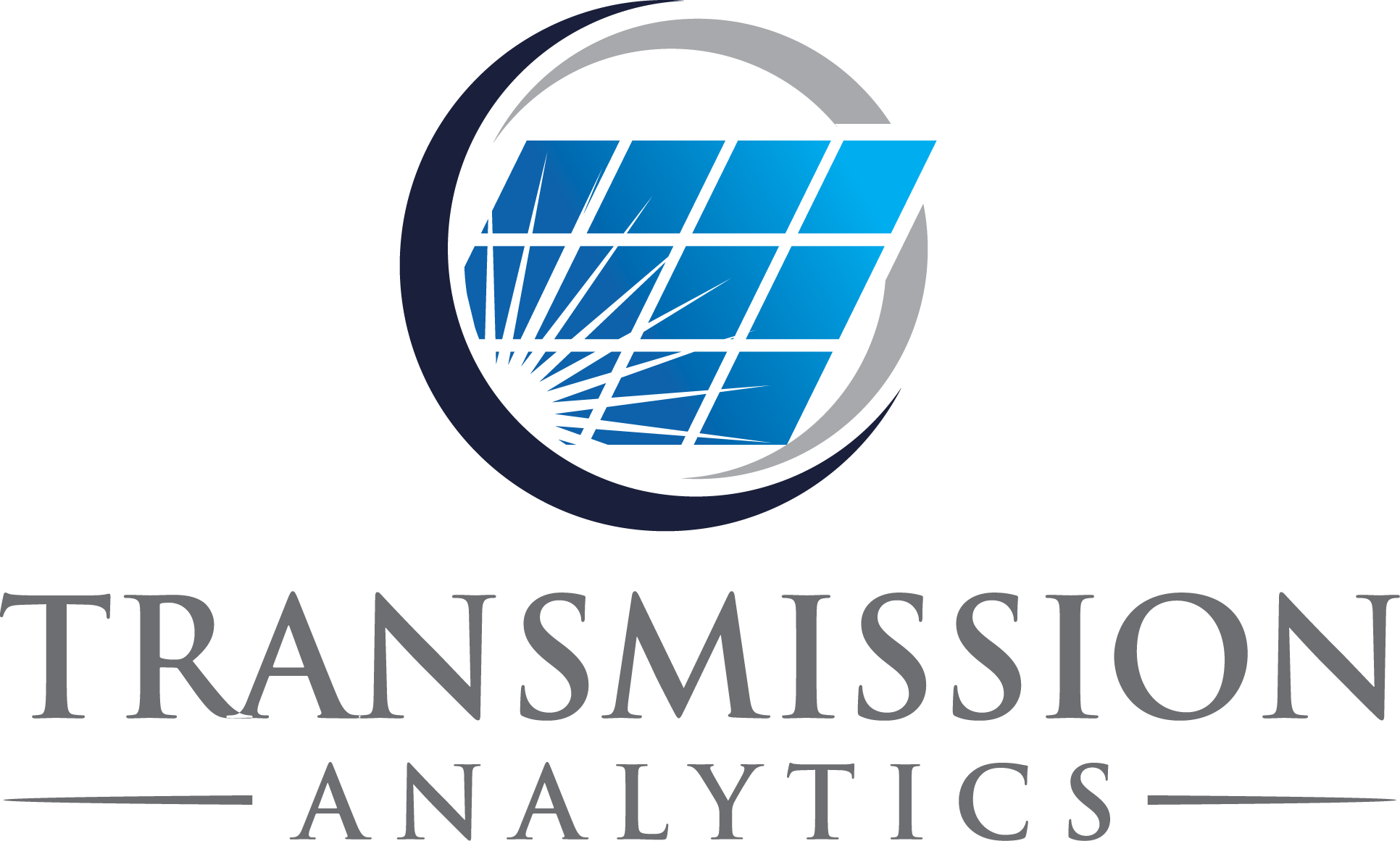Northeast
PJM
The PJM is an independent system operator managing electricity service to 65 million people in 13 States plus District of Columbia in the U.S. As the system operator, PJM is responsible for maintaining the reliability of the transmission system, balancing load and resources through management of generator dispatch schedules. PJM manages one of the world’s largest energy and operating reserves markets using security-constrained economic dispatch of generation. In addition, PJM performs financial settlement for the competitive wholesale bulk-power market in which it manages day-ahead market, real-time market, and financial transmission rights market. PJM is primarily responsible for facilitating the wholesale power trading within its operating territory and coordinating with neighboring systems.
Renewable Development in PJM
Over the past several years PJM has seen exponential growth in the number of queue requests, and total MW with each queue. Growth in queue volumes is expected to continue to continue over the next several years; PJM has suggested that by 2022 the AH2 or AI1 queue could exceed 1,000 positions in a six month queue. Although some study delays have always been a challenge, delays in study results, particularly at the facilities study phase, are an ongoing and regular challenge for interconnection customers.
Renewable penetration in PJM remains relatively low, but is increasing rapidly. The western portion of PJM, particularly the COMED territory in Illinois has the most beneficial wind potential and thus wind development. Solar development across the PJM footprint has been accelerating rapidly over the past several years. Virginia and Ohio appear to be particularly active with solar developers. Although a small amount of battery capacity has reached commercial operation, queue trends indicate a dramatic increase in battery capacity both stand-alone and solar/battery hybrid projects.
Offshore wind development in PJM may also play a significant role in shaping the future of the system. Although significant, currently proposed offshore wind development (18 GW) reflects a smaller portion of the PJM load compared with NY and NE areas.
The state of New Jersey is currently working with PJM to identify transmission solutions to enable the interconnection of 7,500 MW of offshore wind specifically to meet NJ renewable targets. NJ ratepayers would be responsible for the cost of transmission solutions which come out of the process under the PJM State Agreement Approach. In return, the NJ BPU would have authority to allocate interconnection rights to selected offshore developers utilizing the new transmission facilities.
Download PJM Feb2020 Queue Map
New York and New England
New York and the New England states generally have aggressive renewable generation standards and/or goals, including NY (70% by 2030), ME (80% by 2030), and MA (41% by 2030). While it is worth noting that NY and NE have significant qualifying hydro resources, both internally and imported from Canada, substantial renewable generation development will be required to meet these targets.
A significant portion of solar development in New York and New England has remained at the distribution level and not participated in wholesale markets. However, similar to PJM, queue volume in both NY and NE is growing significantly, driven by renewable resources.
Congestion in NE has been minimal over the past decade with pricing differentials across the system primarily driven by losses. However, offshore wind development over the coming decade is expected to be a major driver of change to current system dynamics. Proposed offshore wind development as of May 2020 in NY totals 27 GW, and in New England totals over 19 GW.
MORE INFO TO COME
